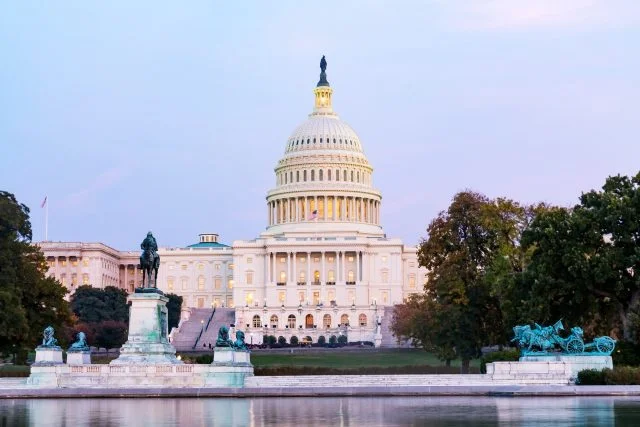Tag: California

The Pew Charitable Trusts recently reported that retirement assets in active auto-IRA programs have reached $1 billion. Auto-IRAs, which began in 2017 when Oregon launched its OregonSaves program, now are up and running in six other states: Illinois Secure Choice (2018), CalSavers (2019), MyCT Savings (2022), Maryland Saves (2022), Colorado SecureSavings (2023) and RetirePath Virginia…

Seven states now require employers that don’t have retirement plans to automatically enroll their workers in an IRA, and others have passed legislation to create similar programs. The goal is to get more people to save for retirement at a time financial security in old age increasingly depends on it. Pensions are rapidly disappearing. But…











